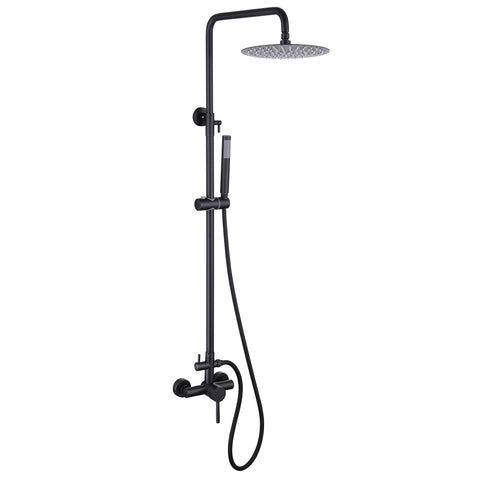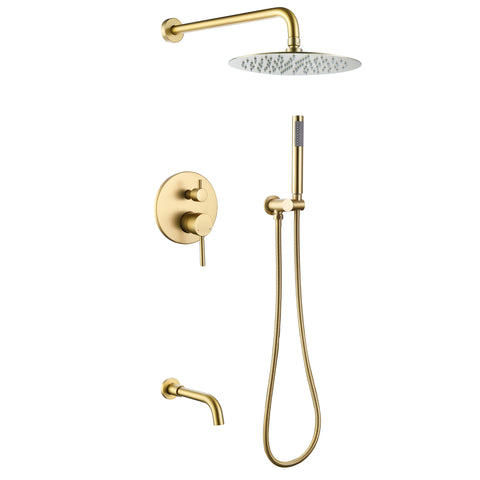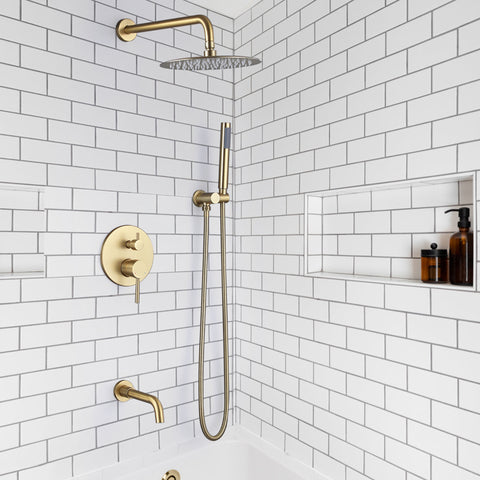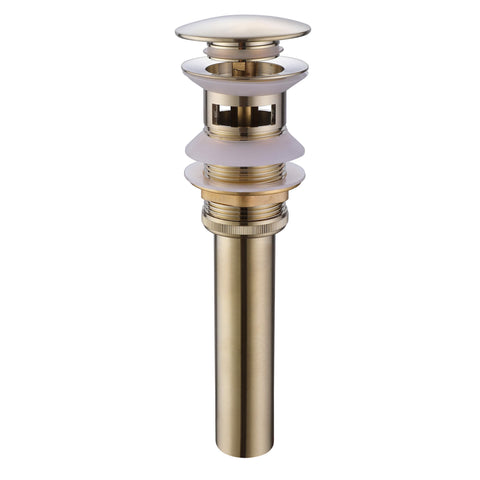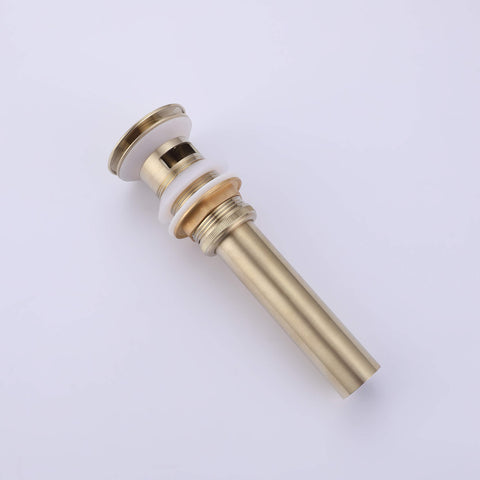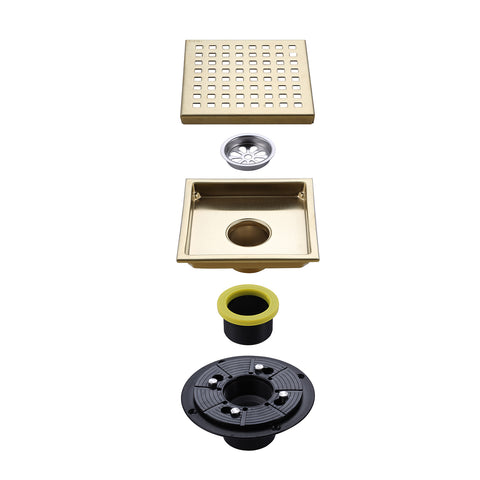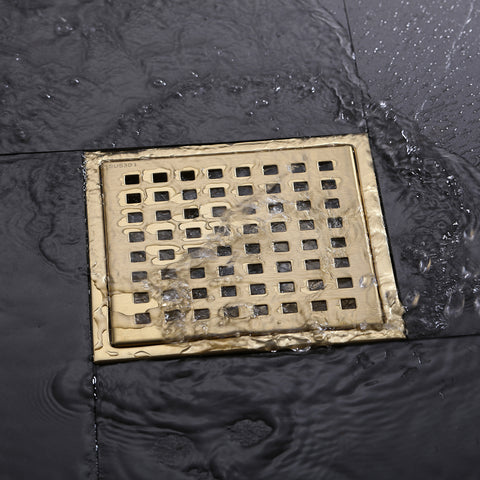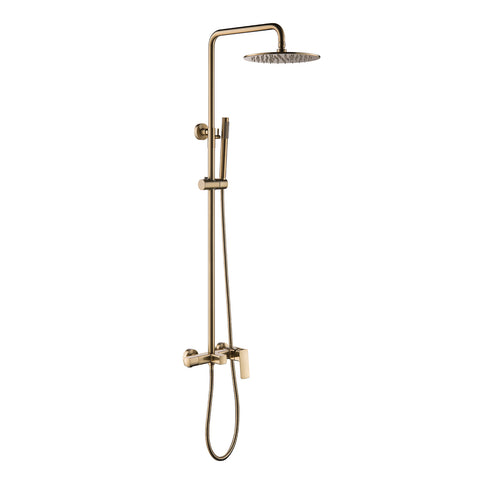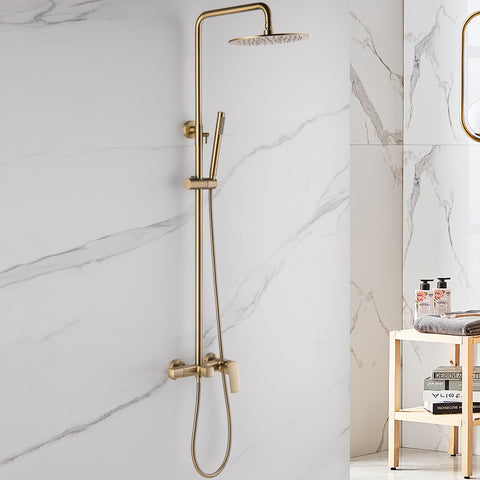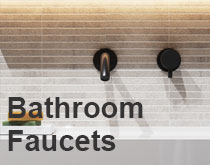How to Install a Freestanding Tub Faucet on Concrete: A Step-by-Step DIY Guide
Adding a freestanding tub faucet to your bathroom can instantly elevate its aesthetic appeal and create a luxurious bathing experience. While installing a faucet on concrete might seem daunting, it’s a manageable DIY project with the right tools and guidance. In this guide, we’ll walk you through the step-by-step process of installing a freestanding tub faucet on concrete for a successful and stylish outcome.
Materials Needed:
- Freestanding tub faucet kit
- Adjustable wrench
- Plumber’s tape (Teflon tape)
- Silicone sealant
- Drill
- Concrete drill bit
- Hammer drill (if needed)
- Measuring tape
- Pencil or marker
- Safety goggles and gloves
- Level
- Anchors and screws (if not included in the faucet kit)
Step 1: Choose the Right Location
Determine the optimal location for your freestanding tub faucet, considering the tub’s position and accessibility. Make sure the faucet is placed for both functionality and ease of use.
Step 2: Gather Tools and Faucet Kit
Collect all necessary tools and your faucet kit. Verify that all components—faucet, supply lines, hardware—are included, and read the manufacturer’s instructions thoroughly before starting.
Step 3: Mark Drill Holes
Use a measuring tape and pencil to mark drill hole positions on the concrete floor. Align them with the faucet’s base plate or bracket. Double-check markings with a level for accuracy.
Step 4: Drill Holes in Concrete
For hard concrete, a hammer drill may be necessary. Drill at your marked positions using the appropriate size bit, as specified by the manufacturer, typically to a depth of 2–3 inches for secure anchoring.
Step 5: Insert Anchors
Insert plastic or metal anchors into the drilled holes, gently tapping them until they’re flush with the concrete surface. These anchors provide stability for the faucet installation.
Step 6: Attach Faucet Base
Place the faucet’s base plate over the drilled holes and align with anchors. Secure it by driving screws through the plate into the anchors, tightening with an adjustable wrench for a snug fit.
Step 7: Assemble Faucet
Follow the faucet manual to assemble it. Apply plumber’s tape to threaded connections for a watertight seal. Attach supply lines securely to the faucet.
Step 8: Connect Supply Lines
Position the assembled faucet over the base plate and connect supply lines to water outlets. Hand-tighten, then snug with a wrench without over-tightening.
Step 9: Apply Silicone Sealant
Apply a thin bead of silicone around the faucet base where it meets the concrete. This prevents moisture seepage and creates a watertight seal.
Step 10: Test and Adjust
Turn on the water supply and test for leaks. Tighten connections as needed. Use a level to ensure the faucet stands perfectly straight, adjusting if necessary.
Conclusion
Installing a freestanding tub faucet on concrete is a rewarding DIY project that can enhance your bathroom’s beauty and functionality. Follow these steps and manufacturer instructions carefully for a stylish, functional, and long-lasting installation. Always prioritize safety by wearing proper gear and working methodically to achieve a professional result.
